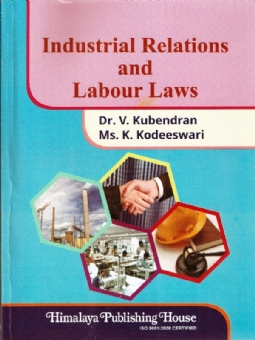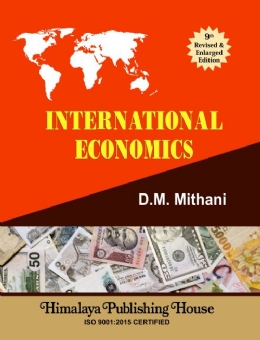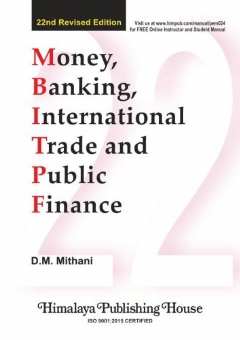International Industrial Relations has attained significant height in the border less world due to complexity. Industrial relations pose one of the most delicate and complex problems to the modern industrial society. Globalization of business is having a significant impact on industrial relations practices to be followed by multinational corporations. The role of actors of industrial relations, i.e., workers, employers and state / government are changing very fast. The relationship between actors is great concern nowadays in the globalizing world.
The book provides a wide coverage of international and comparative industrial relations practices operating in different countries like India, United States of America, Great Britain (U.K.) and Japan. The major focus has been made on Indian industrial relations system and its comparison with different developed nations. Comparative study of industrial relations system may have several purposes. The main purpose is to learn from each of the systems of different nations and adapt to it.
The major coverage area of this book is —
– Conceptual and legal framework of Industrial Realations systems and trade unionism in different countries.
– The International Trade Union Movement, systems of recognition and activities of trade unions.
– Methods of settlement of industrial disputes.
– Systems and legal status of Collective Bargaining.
– Systems, levels and models of workers’ Participation in Management.
– Multinational Corporations and Industrial Relations Systems. Challenges and trends in managing global workforce.
– Technological changes and Industrial Relations.
– Integration and alignment of HRM, SHRM and IR
– Futuristic Issues of Industrial Relations.
– Intentional Labour Organisation and international labour standards.
To make clarity and justification of the theme, different case studies, tables, charts, examples, context of industrial organizations, trade unions, employers organisatiions of different countries has been constructed in this book. Bibliography has been incorporated at the end of the book.
In may opinion, the book will be most relevant for the students of the management of different universities, corporate managers, researches and specialist of the management fields in India and abroad.
Contents –
1. International Industrial Relations
2. Theoretical Framework of Industrial Relations
3. The Theories of Trade Unionism
4. The International Labour Movement
5. Industrial Relations System in India
6. History of trade Union Movement in India
7. Industrial Relations in Globalised Era and Changing Role of Actors.
8. Collective Bargaining
9. Worker’s Participation in Management
10. Industrial Relations in United States of America
11. Labour Legislations and Collective Bargaining
12. Industrial Relations System in United Kingdom (U.K.)
13. Historical Development of Trade Union Movement in U.K.
14. Industrial Relations System in Japan
15. Trade Unionism in Japan
16. Labour Legislations in Japan
17. Contemporary Collective Bargaining
18. Recognition of Trade Unions
19. Settlement of Industrial Disputes
20. Contemporary Workers’ Participation in Management
21. Multinational Corporations and Industrial Relations
22. Technological Change and Industrial Relations
23. Strategic Human Resource Management and Industrial Relations.
24. International Labour Organisation







